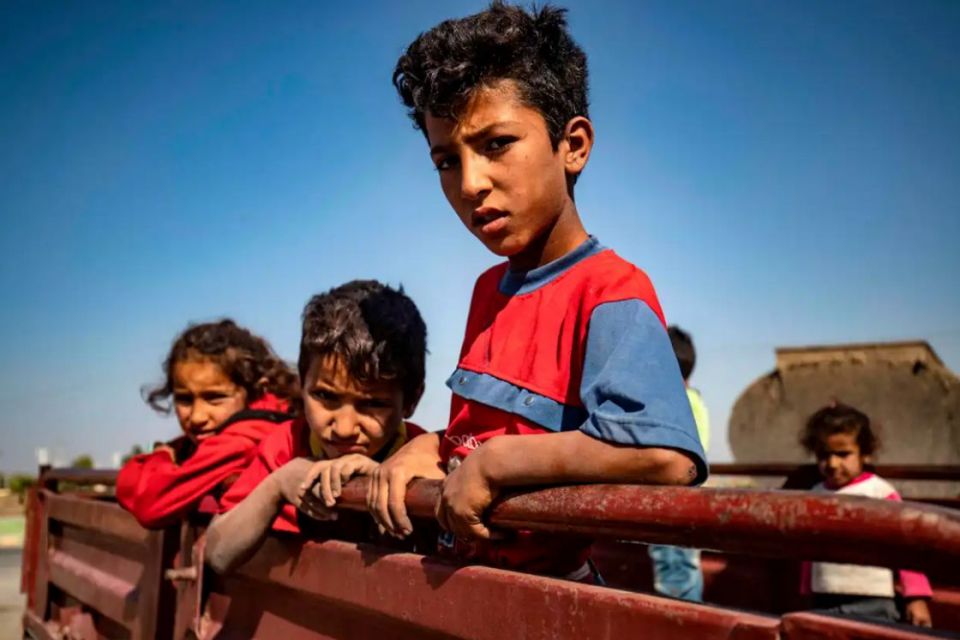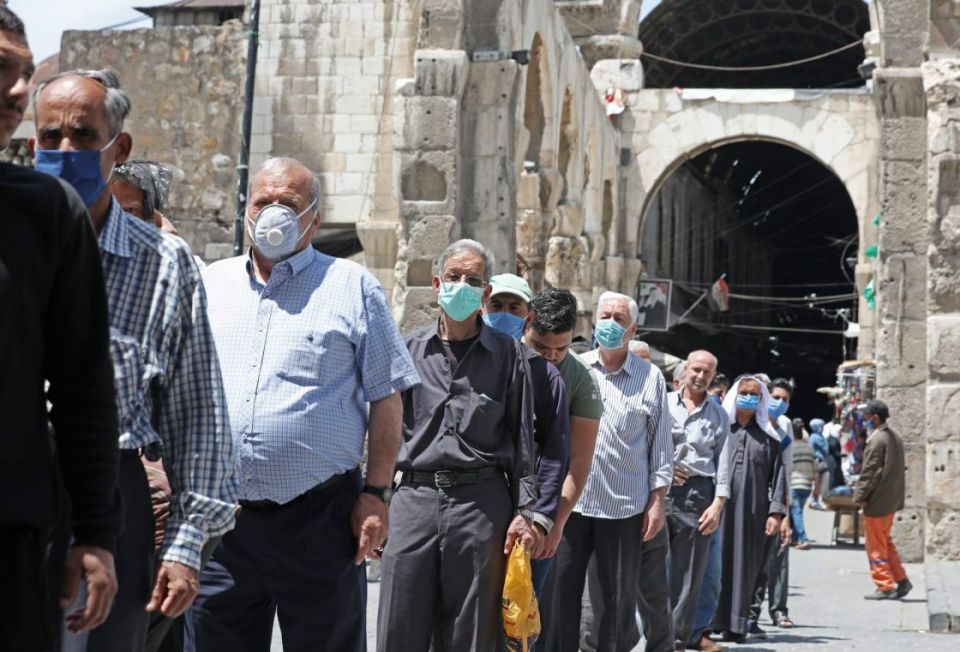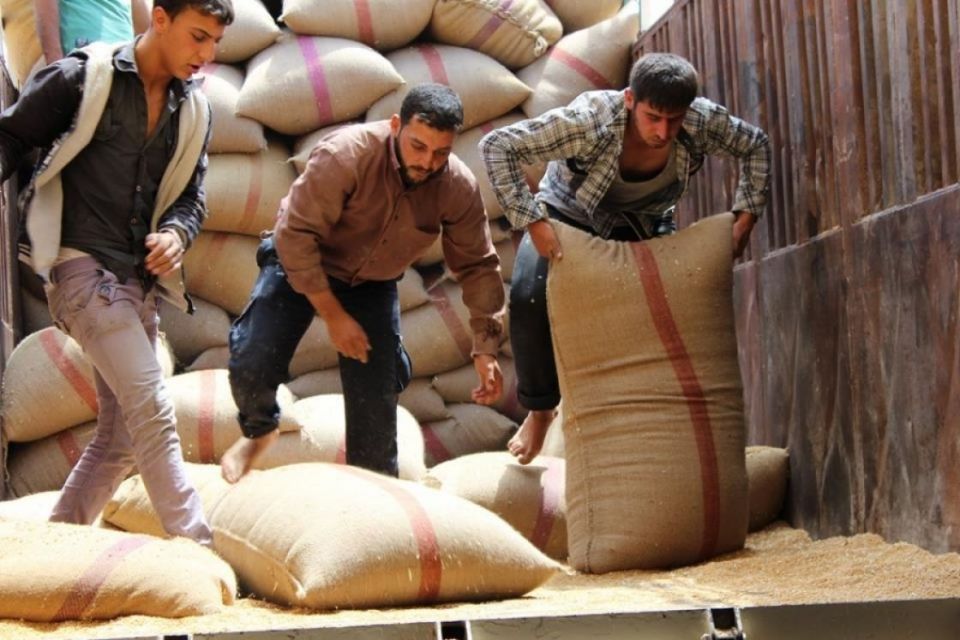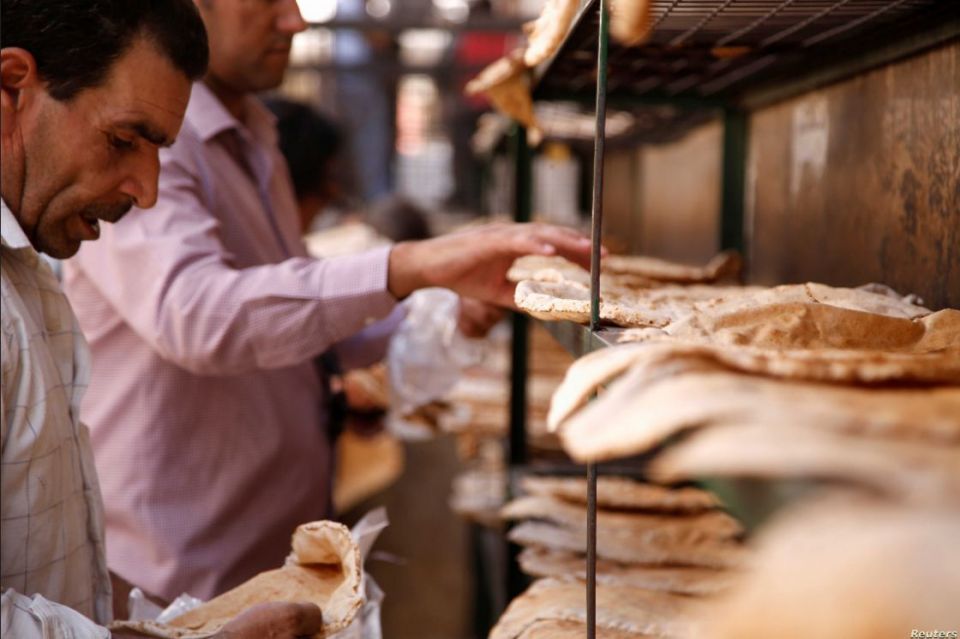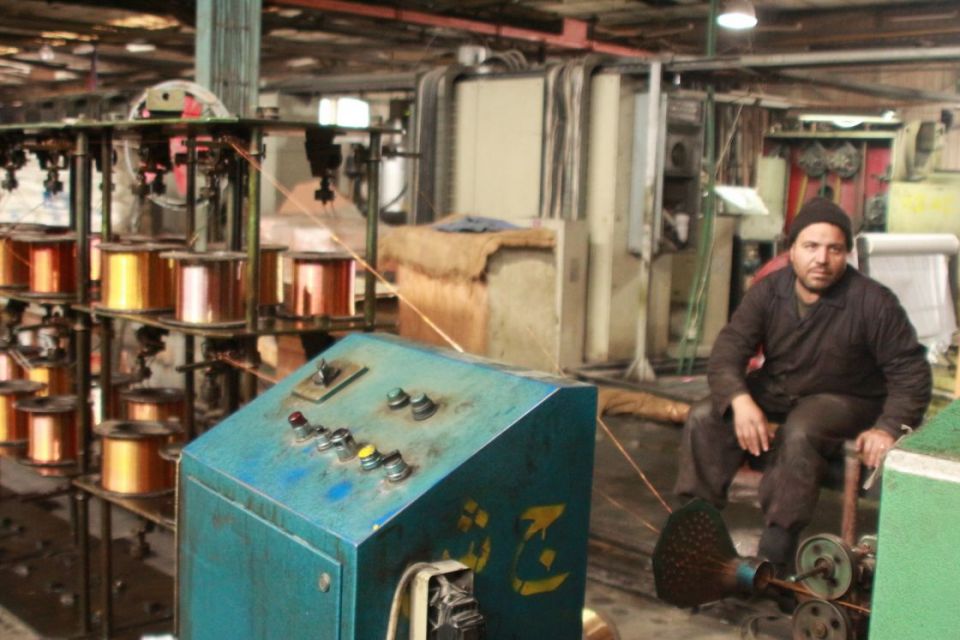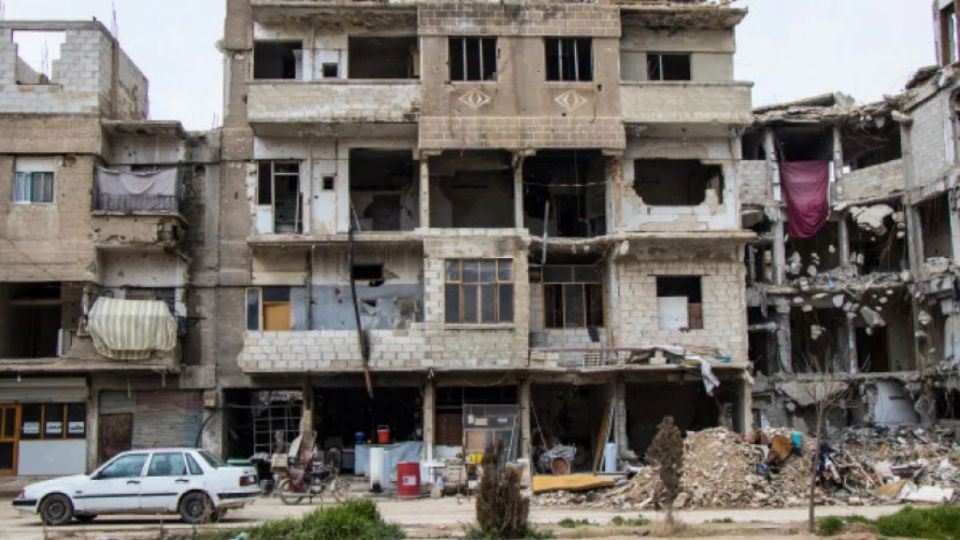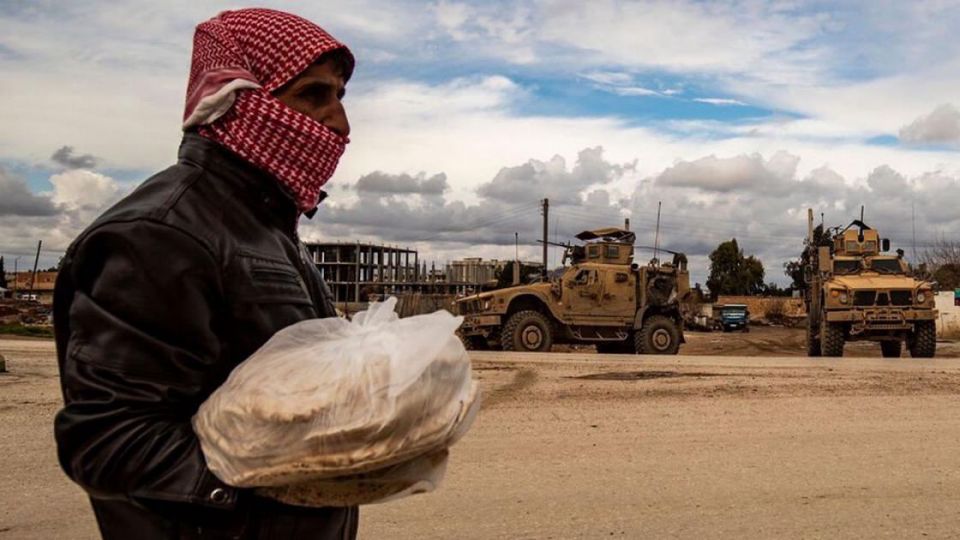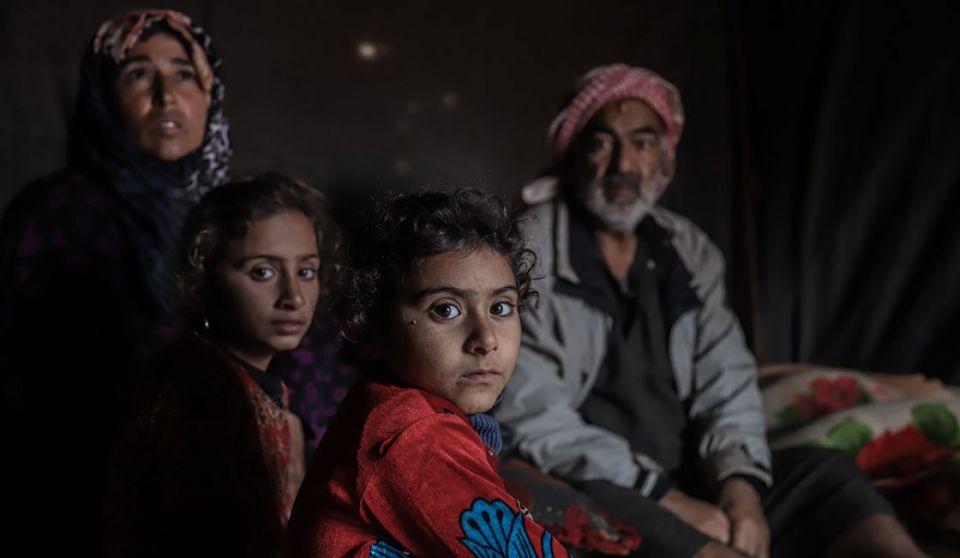Syria’s Children: Millions of People in Need and Coercive Engagement in Labor Market
Eleven years after the crisis erupted in the country, its disastrous impacts have affected the entire society, and of course, children were the most vulnerable and fragile segment. The crisis and its repercussions have left millions of children in need, who are obliged to coercively engage in labor market to fill part of the huge gap between wages and the minimum of food and living costs. Meanwhile, the vast majority of these children live in unsuitable environments and consequences that threaten them with negative social impacts that may expand to a minimum of two generations.


